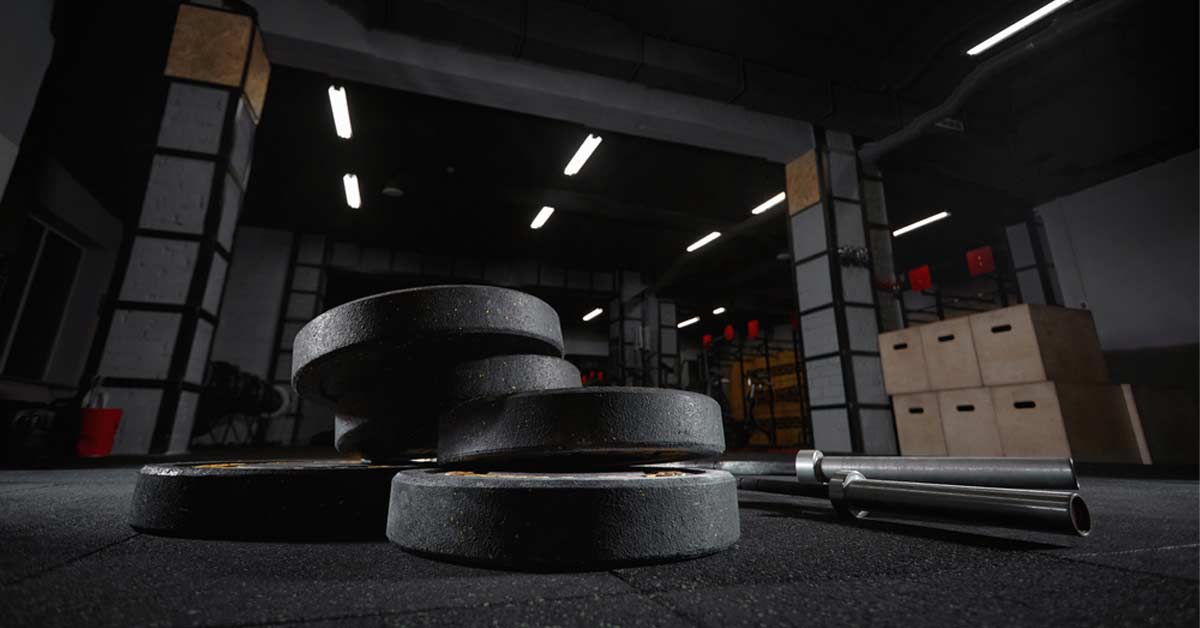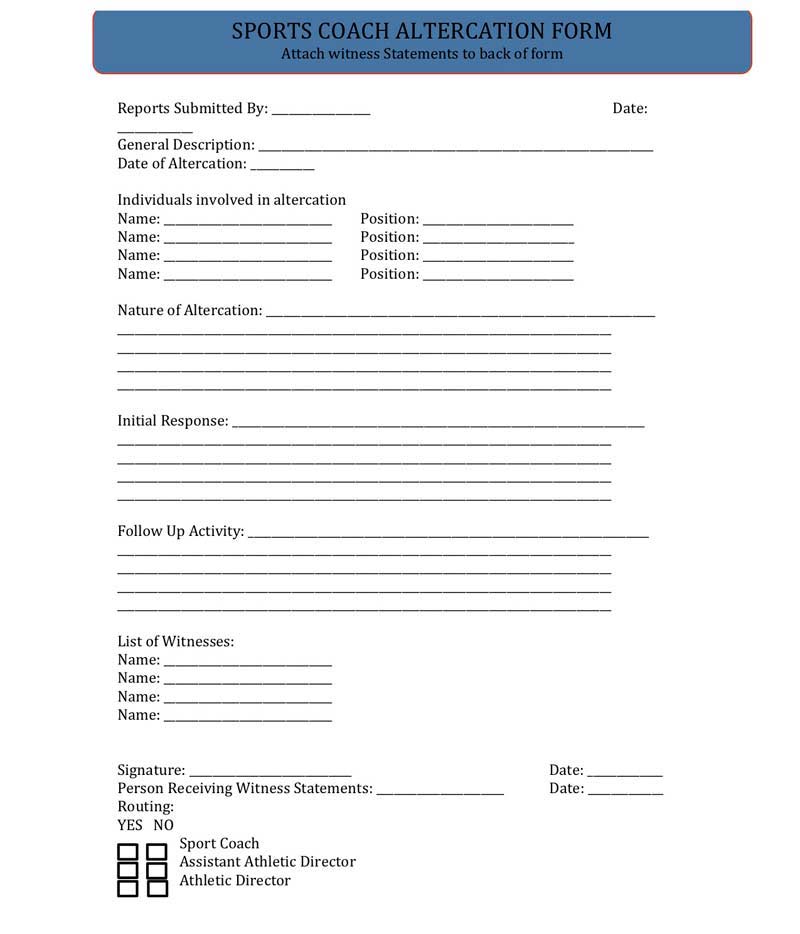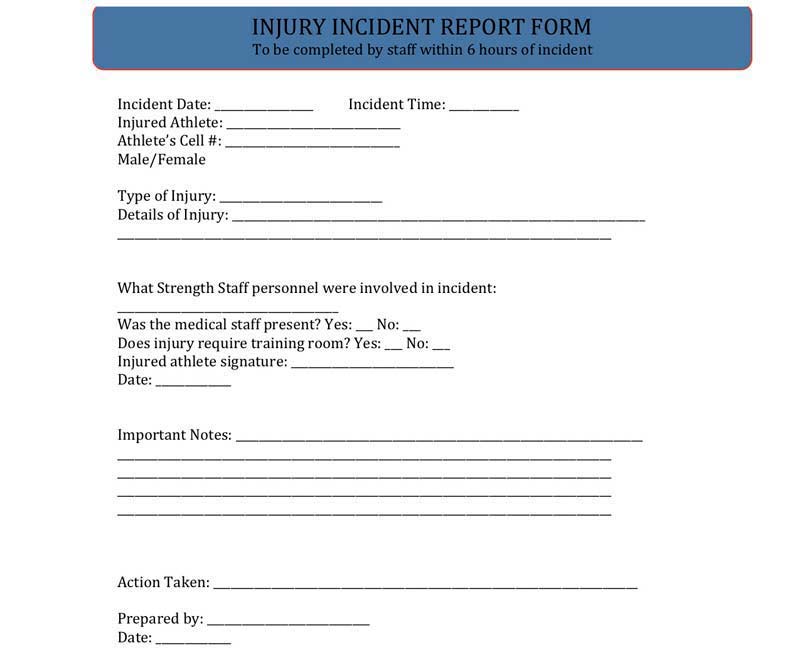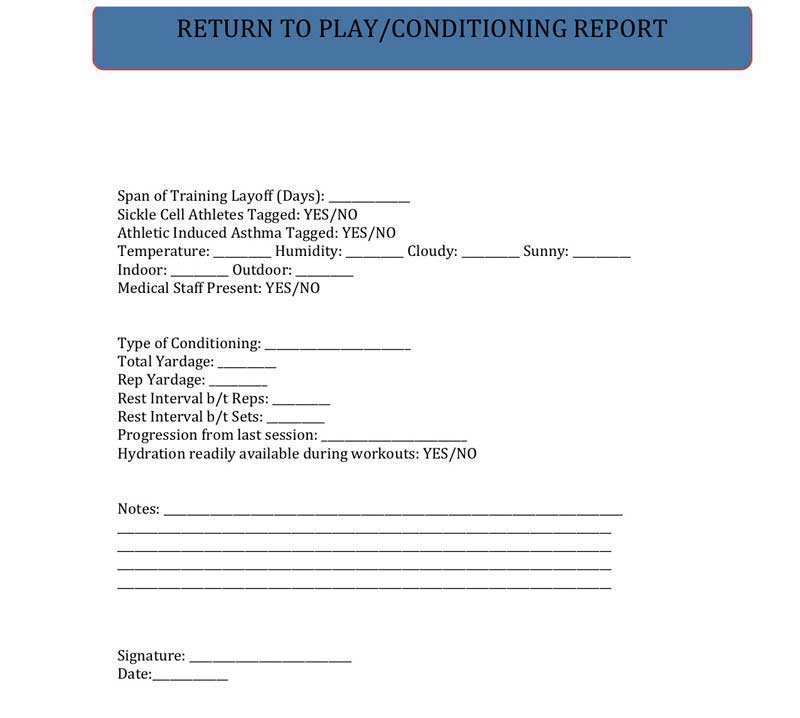[mashshare]
Over the past two decades, great strength and conditioning coaches have sometimes been maligned, often unfairly. As coaches, we have been judged by athletic trainers, sport coaches, athletic administration, sport scientists, and the media. Some of these criticisms are warranted because of the lack of expertise and knowledge of the coaches in our field. Some criticisms are not warranted because of the lack of knowledge of our field from sport coaches, medical staff, and administration.
Strength and Conditioning Problems We Are Not Talking About
Our field has been thrust into mainstream media, mostly in a negative light. With the occurrence of rhabdomyolysis in several football programs and conditioning-related deaths, as a profession we need to rethink our protocols and best practices. At some point in their career, a strength and conditioning coach will have to decide whether they work for the safety of the athlete or for the sport coach and/or administration.
At some point in their career, an S&C coach will have to decide who and/or what they work for, says @TheKurtHester. Share on XYoung strength and conditioning coaches are typically naïve and petrified of the head sport coach who charges them with training their team. They will acquiesce to all the sport coach’s demands, no matter how archaic, because of a misguided sense of loyalty or fear of losing their paycheck.
There are very few older statesman left in this field, and the ones that are left typically will fight for the safety of the athlete without fear and/or repercussion. These older statesmen have built up enough clout with sport coaches and administration to at least voice an opinion without being fired. I am not saying their opinion is listened to, but at least it can be voiced.
My Perspective in the Field of College Strength and Conditioning
As an older statesman in S&C, I have had my share of problems with other departments. I have taken a beating from administration more than I have from sport coaches, mostly because most sport coaches don’t enjoy confronting me. But they have gone and voiced their concerns to administration and then it is time for a so-called trip to the principal’s office for a reprimand. The directive I usually get from administration is that my job is to make the sport coaches happy. Silly me, I thought my job was to safely enhance the performance of our athletes, as well as help them safely traverse college life while attaining a degree.
Silly me, I thought my job was to safely enhance the performance of our athletes, says @TheKurtHester. Share on XThese are a few of the problems I have faced with sport coaches that could have ended in a lawsuit because an athlete’s safety was not a concern:
- A sport coach wanted the strength and conditioning staff to administer a military-style boot camp workout to recruits who were at their sport camp. These recruits were between 12 and 15 years of age. They had no prior medical evaluation from the training staff and the workout was to be held at 1:00 p.m. on a turf field in July in the southeastern part of the U.S. Besides the pure stupidity of this idea, I have never trained an athlete for a sport in that manner. If an athlete had suffered an injury of any kind, it would have been malpractice on my part. I refused the request and that coach immediately cried Title IX, stating that I would have performed the request for football, which I would not have.
- On another occasion, a sport coach wanted me to implement hill sprints for his athletes prior to a match. He thought it would make his athletes tougher during competition. This is a sport where an athlete can jump upwards of 300 times in a match. I refused, saying that I would not administer a training session that would have a high probability of injuring an athlete during competition. I told him that I would rather be fired than be part of his lunacy.
- Yet another incident occurred after the university was shut down because of snow and ice and the president of the university deemed it unsafe for any student, faculty, or staff member to be driving that day. I canceled all workouts for two days until the roads were safe and campus was reopened. Well, a sport coach did not see the logic in that. He wanted his team to train that day and I refused. He stated that he could have his team train if it was consensual, which we all know means voluntary/involuntary. I told him that if an athlete or strength coach was injured on the drive to the facility, it would be a liability issue, not to mention an ethical issue. I refused and he went to administration, and then my directive from administration was to send a coach and uphold the workout. Luckily, no one was injured that day during travel.
In any one of these instances, if an injury—or, heaven forbid, a fatality—had occurred, I would have undoubtedly been the scapegoat. Athletic administration and/or the sport coach would have thrown me under the proverbial bus and backed over me multiple times. Then I would have been vilified on social media, on television media, and in print media. I could definitely see a negative and sensationalized piece done on HBO’s “Real Sports with Bryant Gumbel” about the incompetence of S&C coaches in collegiate athletics.
What We Need to Make a Positive Change
Until athletic departments hire a Sports Performance Assistant Athletic Director to oversee the strength and conditioning department, nothing in our field will change. We will continue to be forced to bow down to the misguided demands of sport coaches so they won’t whine to administration that we are shirking our responsibilities. (The same responsibilities that not one person in administration has a clue about what they are.) But we can somewhat insulate ourselves with an inordinate amount of paperwork, leaving a trail that a blind bloodhound with a stopped-up nose could follow.
Construct a paper trail of forms to prove to the legal system that you were competent, just in case, says @TheKurtHester. Share on XI feel that, as a profession, we have to take the stance that no one in administration has our backs. We must construct a paper trail of concerns and practices to exhibit to the legal system that we were competent in our protocol, as well as our judgment. In this way, if something catastrophic were to happen to an athlete, the responsibility would be on the athletic administration and/or the sport coach.
The paper trail starts with an Altercation Form (Figure 1) for any occurrence that you or anyone on your staff has with a sport coach that is of concern.

Even if you don’t send the report up the chain of command, it is prudent to fill it out and keep it on file in the event something occurs after anyone expresses their concerns. Fill out the report as soon as possible after the altercation so that it is fresh in your mind and fresh in the minds of any witnesses. You should also screenshot any text messages that are communicated between administration and sport coaches on any directives that you feel put an athlete in harm’s way or are unethical in nature. Download and make hard copies of the messages and date them.
You should also have an Injury Incident Report Form (Figure 2) ready in case a sport coach makes you perform a duty in a training session that you feel is inappropriate, and leads to injury. The injury report should be filed ASAP also so that it is fresh in your memory.

A report should be on file if you are directed to perform any conditioning workout that is not in accordance with the protocol that you or your staff have on the docket or that is, in your judgment, an unsafe practice. Finally, you should have a Return to Play Form (Figure 3) as well, as that covers the need to document a release back to competition or full practice.

Be Smart and Be Responsible for You and Your Athletes
Some coaches will feel that this is an overreaction, and disloyal to the sport coach or university. But I believe in loyalty: I am loyal to the sport coaches who are competent and I am loyal to the athletes in my care. I believe that there is no coach at any level in this country who wants to intentionally injure an athlete. But there are some sport coaches who think they know sport science and have misconceptions of our field. They also believe in pseudo-science and old wives’ tales, and are under pressure to win.
No coach wants to purposely hurt an athlete, but some sport coaches don’t truly know sport science, says @TheKurtHester. Share on XThere will come a day when a strength coach will have to go to court and he will have enough of a paper trail to save his ass. He will win a lawsuit and if that lawsuit is big enough, then and only then will the athletic administration start to have the back of the strength and conditioning department.
Since you’re here…
…we have a small favor to ask. More people are reading SimpliFaster than ever, and each week we bring you compelling content from coaches, sport scientists, and physiotherapists who are devoted to building better athletes. Please take a moment to share the articles on social media, engage the authors with questions and comments below, and link to articles when appropriate if you have a blog or participate on forums of related topics. — SF
[mashshare]




